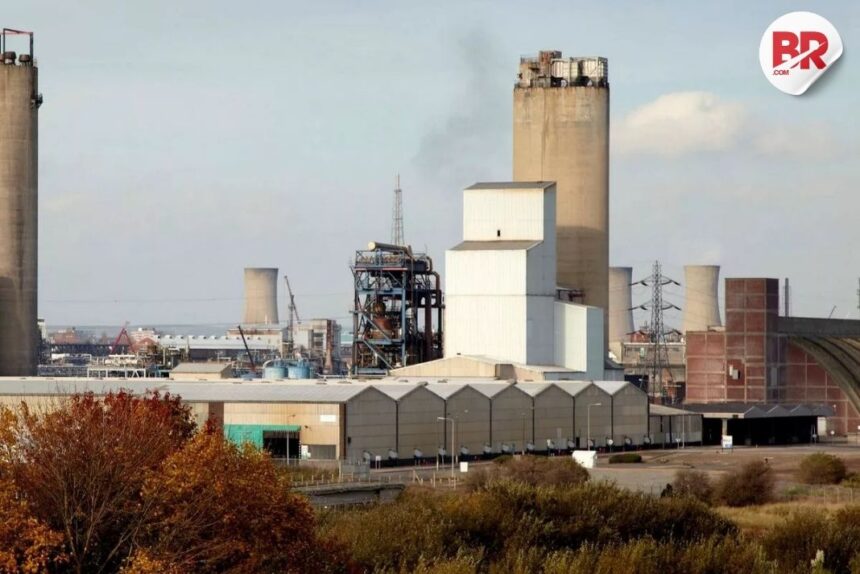CF Industries JERA Mitsui Ammonia Plant to Power Clean Energy Future
A major step in the clean energy transition is taking shape in Louisiana. The new CF Industries JERA Mitsui ammonia plant will become the world’s largest low-carbon ammonia facility — a $4 billion investment bridging the energy needs of the U.S., Japan, and Europe.
This project isn’t just about technology — it’s a powerful example of global cooperation to combat climate change, cut emissions, and develop reliable, clean fuels for the future.
A Global Partnership for Green Fuel
The plant is the result of a joint venture between:
- CF Industries, a leading U.S. ammonia producer, with a 40% stake
- JERA, Japan’s biggest power generation company, owning 35%
- Mitsui & Co., a major Japanese trading house, with a 25% share
Each brings unique strengths. CF provides industrial expertise and the project site — the Blue Point Complex in Louisiana. JERA offers scale in energy distribution, while Mitsui brings a vast trading network to move ammonia across borders.
Their shared mission? Develop low-carbon ammonia to meet the world’s surging demand for cleaner fuels.
Why Ammonia? A Clean Alternative to Coal and Oil
Ammonia is gaining popularity as a clean hydrogen carrier and a direct fuel. When made with carbon capture, it emits far less CO₂ than coal or natural gas.
It’s ideal for co-firing in power plants, fueling ships, and supplying heavy industries that are hard to electrify. That’s why both Japan and Europe are doubling down on ammonia imports to meet their decarbonization goals.
Also Read: GRSE’s ₹590 Cr Deal Isn’t Just Shipbuilding—It’s a Science Gamechanger
Tech Powerhouse with Global Impact
The new plant will use autothermal reforming (ATR), a next-generation technology that uses heat and steam to convert natural gas into hydrogen — the key ingredient in ammonia.
To slash emissions, the facility will capture and store carbon dioxide underground. The carbon capture and sequestration (CCS) will be handled by 1PointFive, a subsidiary of Occidental Petroleum, known for its leadership in carbon management.
The result: a facility capable of producing 1.4 million metric tons of low-carbon ammonia per year — the largest in the world.
Backed by Government and Financial Incentives
Governments on both sides of the Pacific are making this project financially viable.
In the U.S., the plant qualifies for a $450 tax credit per metric ton of CO₂ stored underground. With an estimated 2.3 million tons captured annually, that’s a huge economic incentive.
Meanwhile, Japan’s government will subsidize the price gap between ammonia and coal for 15 years. This ensures Japanese utilities like JERA can adopt ammonia co-firing without being burdened by higher costs.
The Strategic Vision: Clean Energy for the Future
This isn’t just about economics — it’s a part of Japan’s national clean energy strategy. By 2030, Japan aims to replace 20% of coal at JERA’s Hekinan power plant with ammonia.
That alone could significantly reduce emissions, as coal is among the dirtiest fuels in the world. Ammonia, when co-fired, burns without emitting CO₂ — a critical step in energy transition.
Also Read: US Sanctions Serbian Oil NIS, Fueling Fears of Balkan Energy Collapse
Global Markets Already on Board
JERA has already committed to buying 490,000 tons of ammonia per year from the plant. This volume will likely supply Hekinan and potentially other Japanese power stations.
Mitsui, on the other hand, is looking west. Europe is tightening emissions regulations and needs clean fuels fast. With Mitsui’s vast trade networks and logistics experience, it’s positioning itself to meet the EU’s growing demand for green ammonia.
Why This Project Matters More Than Ever
Energy transition isn’t a buzzword — it’s a necessity. And this project proves that innovation, policy support, and global cooperation can work together to deliver results.
By bringing together American manufacturing muscle, Japanese clean energy ambition, and global trading expertise, the CF Industries JERA Mitsui ammonia plant sets a new benchmark.
It could even spark a wave of similar facilities across the world, especially in regions with natural gas reserves and carbon storage capabilities.
Fueling the Future, Together
The road to net zero is long and complex. But projects like this show real momentum. They reflect how governments, companies, and industries can unite for a cleaner, more secure energy future.
With the CF Industries JERA Mitsui ammonia plant now in motion, the world is watching — and preparing for a future fueled by clean, low-carbon innovation.
Also Read: Over 7,000 Glaciers Lost—Why China’s Melting Ice Spells Disaster




